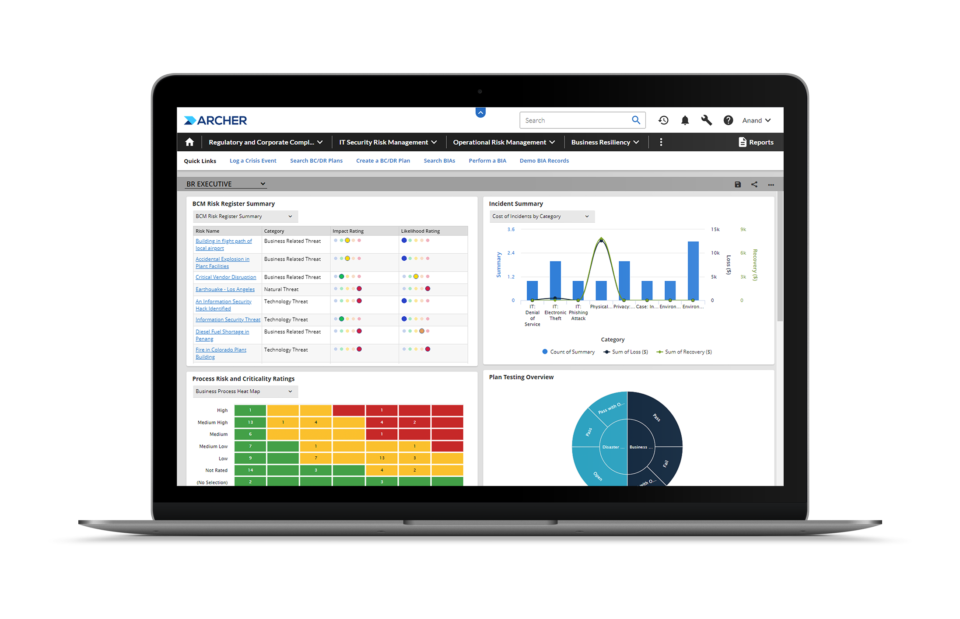Understanding the Importance of Enterprise Risk Management Software
In today’s complex business environment, managing risks effectively is not just beneficial; it’s essential for survival. Enterprise Risk Management software plays a crucial role in identifying, assessing, and mitigating risks across various aspects of business operations. This comprehensive guide aims to assist organizations in choosing the right ERM software to enhance their risk management strategies and ensure sustainable growth.
Defining Your Risk Management Needs
Before diving into the myriad of ERM software options available, it’s imperative to clearly define your organization’s specific risk management needs. Consider factors such as the size of your organization, the industry sector, regulatory requirements, and the most significant risks that could impact your business operations.
Key considerations include:
- Scope of Risk: What types of risks (operational, strategic, financial, compliance) does your business face?
- Integration Needs: How should the software integrate with existing systems?
- User Base: Who will be using the software, and what are their technical capabilities?
Evaluating Key Features of ERM Software
A robust ERM software should offer a comprehensive set of features that enable organizations to effectively manage and mitigate risks. Key features to look for include:
Risk Assessment Tools: These tools help in identifying and evaluating risks based on their likelihood and potential impact.
Dashboard and Reporting Capabilities: An intuitive dashboard and strong reporting tools are essential for monitoring risk status and communicating it effectively to stakeholders.
Compliance Management: Given the complexities of regulatory environments, the software should support compliance management to ensure that the company adheres to applicable laws and regulations.
Incident Management: Effective ERM software should facilitate the recording of incidents, track responses, and manage the investigation process.
Considering Usability and Scalability
The usability of ERM software is crucial for ensuring that it is well-adopted throughout the organization. User-friendly interfaces and intuitive navigation enhance user engagement and productivity. Additionally, the chosen solution should be scalable to accommodate future growth and be flexible enough to adapt to changing risk landscapes.
Integrating with Existing Systems and Data Security
Integration capabilities are another critical factor. The ERM software should seamlessly integrate with other systems such as ERP, HRM, and CRM to provide a unified view of risks across the organization. Moreover, as these systems will handle sensitive data, ensuring robust security measures and data protection compliance is paramount.
Vendor Reputation and Customer Support
Choosing a vendor with a solid reputation and a proven track record in providing ERM solutions is vital. Look for reviews, case studies, and testimonials to gauge the effectiveness of the software and the credibility of the provider. Additionally, consider the quality of customer support offered, including training, troubleshooting, and software updates.
Cost Considerations
Finally, cost is a significant consideration. However, it’s important to view an ERM software purchase as an investment rather than just an expense. Evaluate the pricing models and understand what is included in the subscription fee, like updates and customer support. Consider the potential return on investment that effective risk management can deliver through mitigating losses and enhancing decision-making processes.
Conclusion: Making an Informed Choice
Choosing the right ERM software involves a careful evaluation of your organization’s needs, the features offered by the software, and the vendor’s credibility. By rigorously assessing these elements, organizations can select an ERM system that not only helps in effectively managing risks but also contributes to the overall strategic success of the business. Remember, the goal is to find a tool that integrates well with current systems, scales with your business, and is intuitive enough to ensure high user adoption rates.

